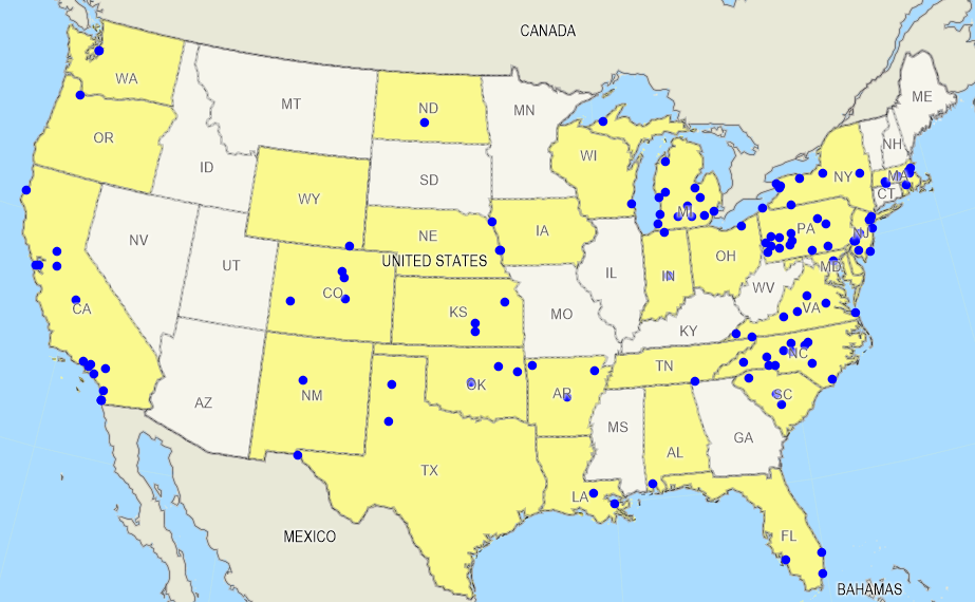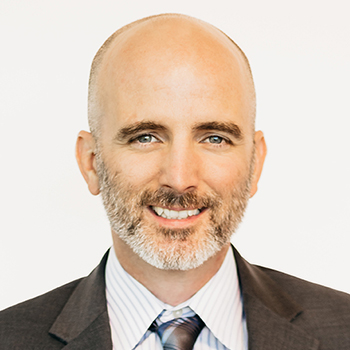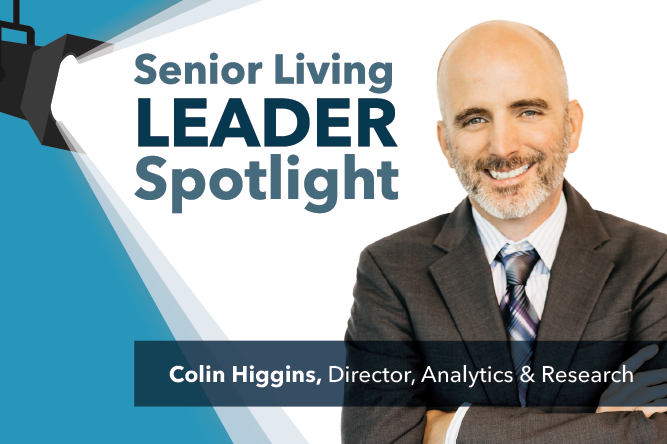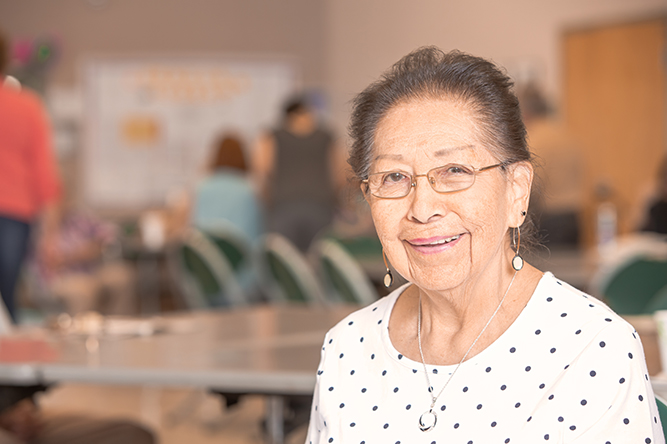
The Program of All-inclusive Care for the Elderly (PACE) centers on the belief that it is better for the well-being of seniors with chronic care needs, and their families, to be cared for in the community whenever possible. The concept of PACE began in the early 1970s and resulted in the first program opening in San Francisco in 1983. PACE has evolved into 131 programs with more than 260 PACE centers across the country. Let’s look at what makes this program a successful senior care solution.
Who does the Program of All-inclusive Care for the Elderly serve?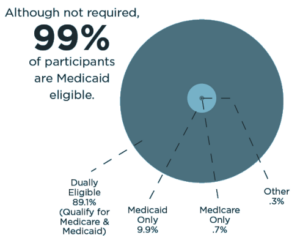
PACE serves individuals who are 55 years of age and older and certified by their state as needing a nursing home level of care. Approximately 99 percent of enrollees are Medicaid certified, with about 90 percent being dually eligible for Medicare and Medicaid. Individuals must live within a designated PACE service area. In January 2020, there were over 50,000 individuals enrolled into PACE.
What is PACE?
PACE is a comprehensive, fully integrated, provider-based health plan designed to care for individuals who meet their state’s definition of nursing home certifiable, but able to remain in their home with supportive services. As the gold standard of care for frail dual eligibles, PACE is fully accountable for the costs and quality of care for its members, without the fee-for-service restrictions.
Where are PACE programs currently located?
In January 2020, there were 131 PACE programs operating within 31 states. Participants must live within an established PACE service area in order to enroll into a program. Nearly 95 percent of participants remain living at home, with approximately 5 percent being cared for in a long-term care facility. The average participant attends the PACE center 2.5 days each week for services, including medical care, socializing, and meals. Additional services may be provided at home depending on each individual’s customized care plan.
PACE States and Provider Locations
When are centers open?
Most PACE centers are open standard business hours, Monday through Friday. However, the program is responsible for providing services when needed, creating an environment that is open 24/7/365.
How are PACE organizations funded? 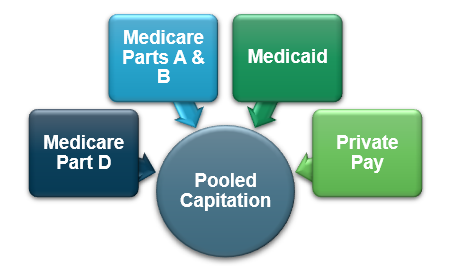
PACE organizations receive funding through both the federal (Medicare) and state (Medicaid) governments. The capitated rate through this pooled funding provides incentives to avoid duplicative or unnecessary services. It also encourages the use of appropriate community-based alternatives to hospitalization and long-term care. PACE is both a health provider and health plan.
Why open a PACE center?
PACE sponsoring organizations are diverse, including health systems, hospitals, medical groups, federally qualified health centers, area agencies on aging, adult day centers, and hospices. PACE sponsors may be either standalone or collaborations among several entities.
These organizations share the PACE philosophy that seniors with chronic conditions are best cared for in the community whenever possible, allowing seniors to achieve what they most want—to stay safely in their homes.
For More Information on PACE
As a National PACE Association Technical Assistance Center, Health Dimensions Group (HDG) has successfully assisted many organizations with PACE demand and financial analyses, start-up, implementation, and improvement. If you would like to learn more about how HDG can assist you in exploring PACE as a solution in today’s challenging health care environment, please call or email us at 763.537.5700 or info@hdgi1.com and visit our website.
